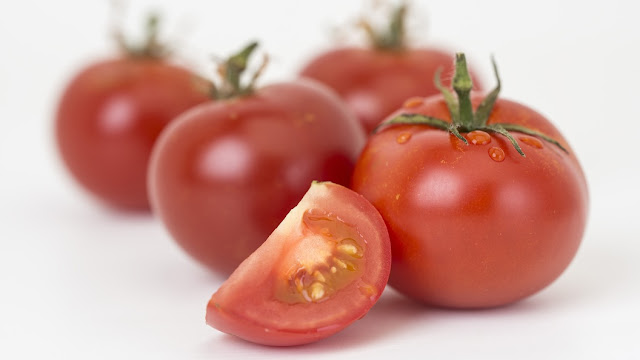A team from the John Innes Center in the UK has developed a method for producing large quantities of beneficial compounds by growing them in tomatoes. Given how high yielding the fruit is, it could be used to produce the substances on an industrial scale.
The compounds in question are phenylpropanoids. They include substances like Resveratrol – which is found in wine, and has been shown to extend lifespan in animals – and Genistein – found in soybeans and thought to be useful for prevention of certain cancers.
To get tomatoes to produce the substances, the researchers turned to a common garden plant known as Arabidopsis. It contains a protein called AtMYB12, which activates genes responsible for switching on metabolic pathways than in turn produce the natural compounds. The more of the protein that's present, the more of the compounds is produced.
Interestingly, when introduced into tomato plants, AtMYB12 didn't only increase the amount of the compounds produced, but also increased the amount of energy that the plant dedicated to producing them, making it an extremely effective phenylpropanoids factory. In fact, a single tomato contained as much Resveratrol as you'd find in 50 bottles of wine, and as much Genistein as present in 2.5 kg of tofu.
When you consider that tomatoes are a very high yielding crop, producing as much as 500 tonnes per hectare (551 tons per 2.5 acres), the method could be a better alternative to lab-based artificial synthesis.
"Our study provides a general tool for producing valuable phenylpronanoid compounds on an industrial scale in plants, and potentially production of other products derived from aromatic amino acids," says study lead Dr Yang Zhang. "Our work will be of interest in different research areas including fundamental research on plants, plant/microbe engineering, medicinal plant natural products, as well as diet and health research."
The team believes that its work with tomato plants provides a solid platform for quickly and conveniently producing the medicinal compounds, and claims that, given a little adjustment, the method could also be used to create other such compounds.


No comments